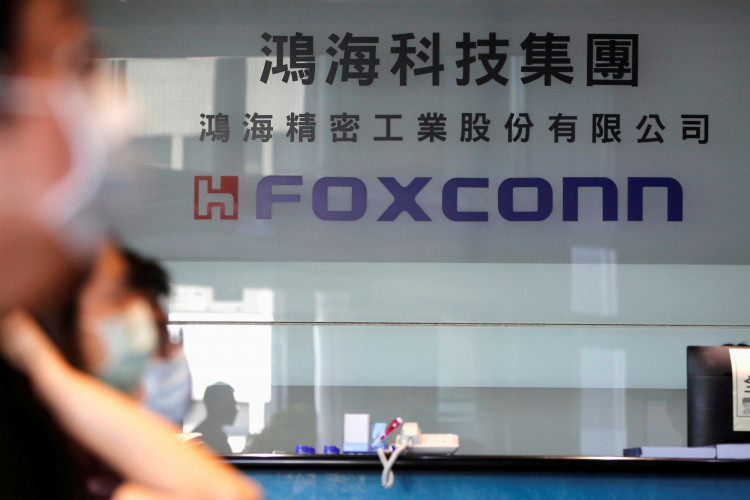Foxconn, the world's largest manufacturer of iPhones, is bracing for its first annual revenue decline since 2016, attributed to disappointing sales of the iPhone 15 series. On November 14, Foxconn's parent company, Hon Hai Precision Industry Co., Ltd., reported its third-quarter financial results, revealing a 12% year-over-year decrease in revenue to NT$1.54 trillion (about 348.04 billion yuan), slightly below the market expectation of NT$1.55 trillion.
Despite the revenue dip, Hon Hai's third-quarter net profit rose by 11% year-over-year to NT$43.13 billion (about 9.747 billion yuan), surpassing market expectations and reaching a new high since the first quarter of 2021. This increase was primarily due to non-operational income from subsidiaries, interest, and foreign exchange.
With about half of Hon Hai's revenue coming from Apple and Foxconn manufacturing approximately two-thirds of the world's iPhones, the anticipated decline in fourth-quarter revenue and the overall decrease for 2023 are significant. Hon Hai noted in a recent earnings call that, in addition to normal operational and automation expenditures, investments in new businesses at its mainland China production bases would continue, representing the largest share of overall capital expenditure. The company also plans to increase consumer smart product capacity in India, boost computer terminal capacity in Vietnam, focus on cloud network products in the United States, and expand electric vehicle component capacity in Mexico, while continuing transformation and upgrading efforts in mainland China and Taiwan.
Analysts predict a roughly 4% year-over-year decline in Hon Hai's fourth-quarter revenue to NT$1.89 trillion (about 425.2 billion yuan), with an expected annual revenue drop of 6.3% to NT$6.21 trillion (about 1.39 billion yuan). This downturn marks the first revenue decline for Hon Hai since 2016.
Amid these challenges, Foxconn is actively seeking a "second growth curve." The company's warning of a third consecutive quarterly revenue decline has raised concerns about future demand for Apple's new products and consumer electronics in general. Data from market research firm Counterpoint Research indicates that the iPhone 15 series saw a 4.5% drop in sales in China within the first 17 days of its launch compared to the iPhone 14 series. Excluding the impact of the later release of the iPhone Plus last year, the sales decline exceeds 10%.
Foxconn is also facing competition in the contract manufacturing sector. For the iPhone 15 series, Foxconn shares orders with Luxshare Precision, Pegatron, and India's Tata Group. Luxshare Precision is assembling 25% of the iPhone 15, 60% of the iPhone 15 Plus, and 30% of the iPhone 15 Pro Max. Last year, Luxshare only handled some of the iPhone 14 and iPhone 14 Plus models and did not receive orders for the high-end models. Foxconn's share of contract manufacturing may further diminish in the future.
While Foxconn has long been associated with Apple, it has been exploring new industries such as electric vehicles, digital healthcare, and robotics to diversify its business. Last Saturday, two near-Earth orbit prototype satellites manufactured by Foxconn were launched aboard a SpaceX rocket from Vandenberg Space Force Base in Southern California. This launch represents a pivotal moment for Foxconn, indicating whether it can diversify into new commercial sectors.
As Foxconn faces challenges in established businesses like smartphones and laptops, its transformation becomes increasingly urgent. The company hopes the satellite launch will demonstrate its mastery of satellite technology and its ability to meet the growing demand for space communications.






